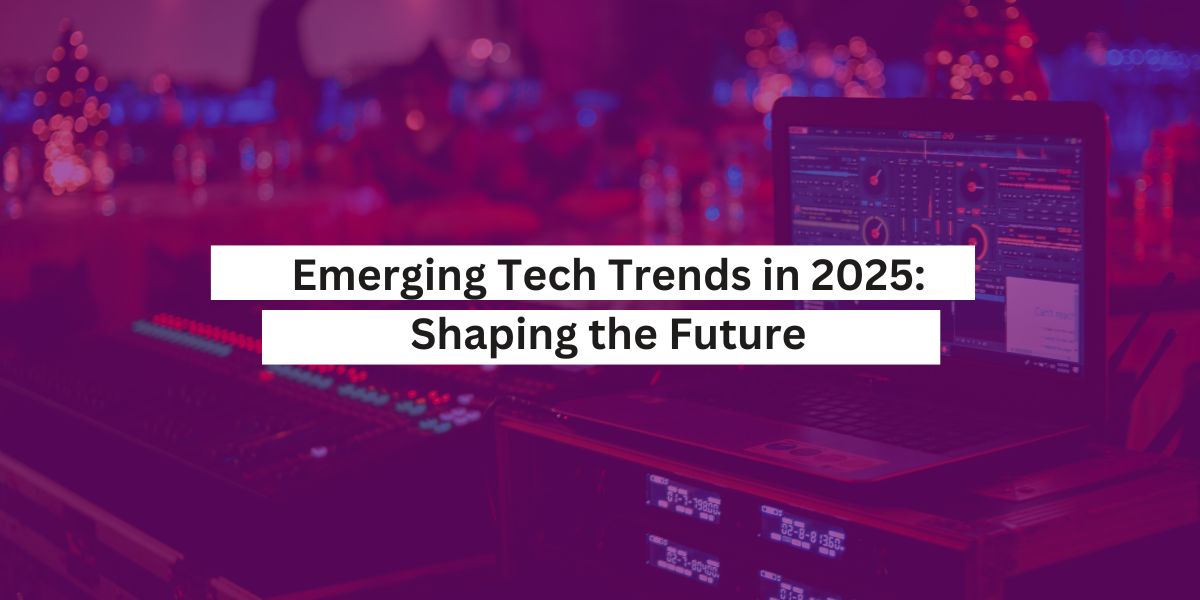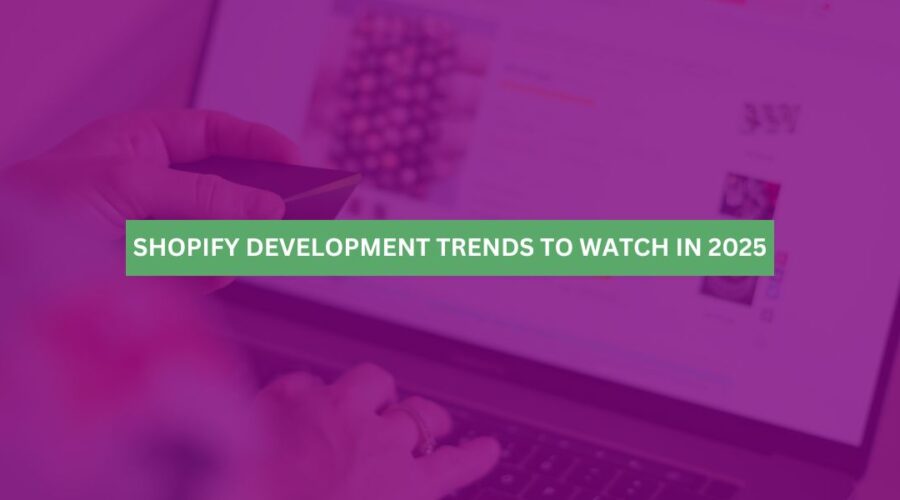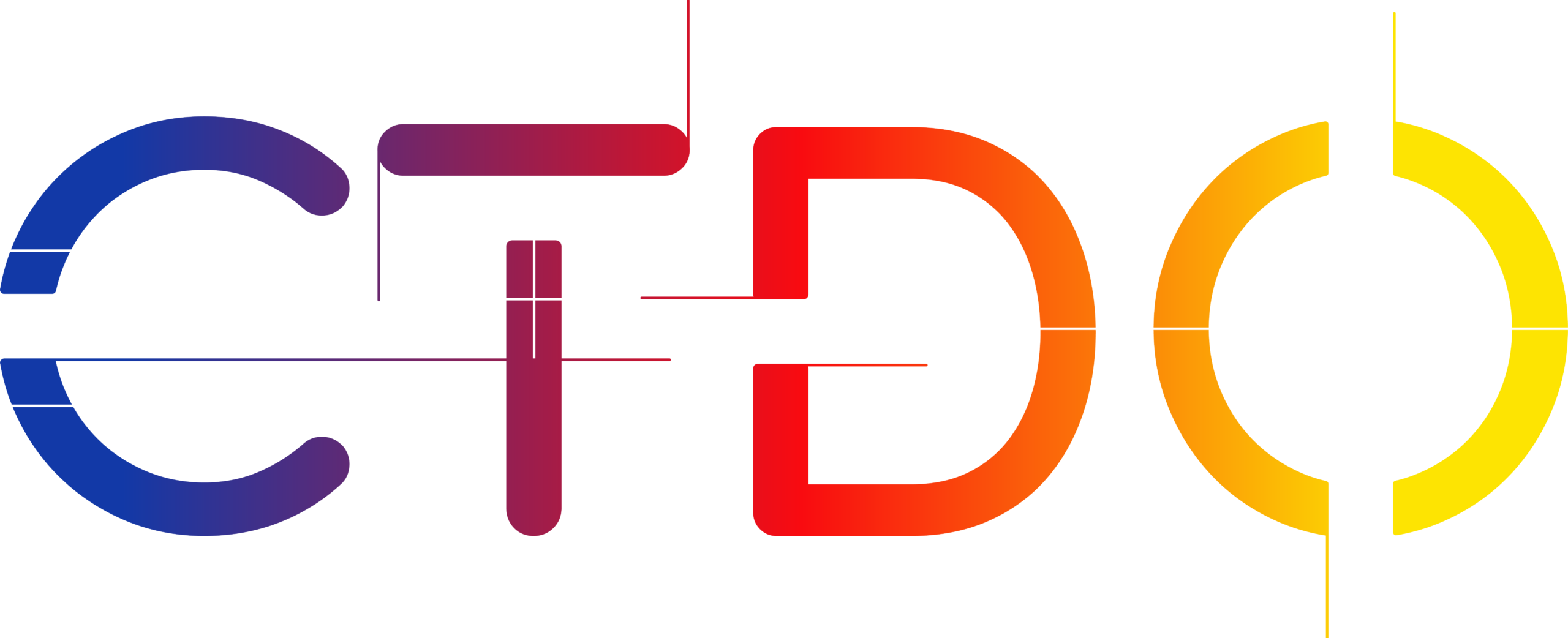As we navigate through 2025, the technological landscape is undergoing transformative changes that are set to redefine industries, economies, and daily life. Emerging technologies are not only enhancing existing systems but also creating new paradigms of interaction and functionality. This article delves into the most impactful tech trends of 2025, supported by current facts and figures.
1. Agentic AI
Agentic AI refers to autonomous systems capable of making decisions and performing tasks without human intervention. These intelligent agents are becoming integral in various sectors, from customer service to complex data analysis.
Current Developments:
- Home AI Systems: At CES 2025, Samsung unveiled its “Home AI” system, which integrates household devices into a cohesive smart network responsive to individual users’ needs.
- AI-Powered Devices: Innovations such as AI-driven smart TVs with features like real-time pet behavior alerts and AI-enhanced skincare mirrors are entering the consumer market, showcasing the versatility of agentic AI.
2. Polyfunctional Robots
Robots with multifunctional capabilities are advancing rapidly, performing tasks ranging from industrial automation to personal assistance.
Current Developments:
- Emotional Interaction Robots: The introduction of robots like Mirumi, designed for emotional interaction, highlights the trend towards robots that can engage with humans on a personal level.
- Elderly Care Robots: Robots such as Mirokai are being developed to assist the elderly, indicating a focus on healthcare applications for robotics.
3. Spatial Computing
Spatial computing combines physical and digital spaces to create immersive experiences, enabling technologies like augmented reality (AR) and virtual reality (VR) to interact seamlessly with the real world.
Current Developments:
- Fashion-Tech Integration: The fashion industry is leveraging spatial computing to offer personalized shopping experiences, such as virtual try-ons and AI-informed recommendations, enhancing customer engagement.
4. Ambient Invisible Intelligence
This trend involves embedding intelligence into the environment, allowing devices to anticipate and respond to human needs without explicit interaction.
Current Developments:
- Seamless Consumer Experiences: Consumers are favoring technologies that integrate seamlessly into their lives, prompting brands to develop tools that enhance operations and customer interactions without being intrusive.
5. Energy-Efficient Computing
With the increasing demand for computational power, there is a parallel emphasis on developing energy-efficient technologies to reduce environmental impact and operational costs.
Current Developments:
- Sustainable Tech Initiatives: Companies are investing in energy-efficient computing solutions to meet sustainability goals and address consumer preferences for environmentally responsible products.
6. AI Governance Platforms
As AI systems become more prevalent, establishing frameworks to ensure their ethical and responsible use is crucial. AI governance platforms are being developed to monitor and regulate AI applications.
Current Developments:
- Regulatory Measures: Organizations are implementing AI governance platforms to ensure compliance with ethical standards and regulatory requirements, fostering trust in AI technologies. Gartner
7. Post-Quantum Cryptography
With the advent of quantum computing, traditional encryption methods are at risk. Post-quantum cryptography aims to develop security protocols that can withstand quantum attacks.
Current Developments:
- Research and Implementation: Efforts are underway to create cryptographic algorithms resistant to quantum computing capabilities, ensuring the security of sensitive information in the future.
8. Neurological Enhancement
Advancements in neuroscience and technology are converging to enhance human cognitive and physical abilities through neural interfaces and other innovations.
Current Developments:
- Brain-Computer Interfaces: Researchers have developed brain implants, such as the Stentrode, that can record brain activity without invasive surgery, paving the way for new applications in neurological enhancement.
9. Hybrid Computing
Hybrid computing combines classical and quantum computing to tackle complex problems more efficiently, offering a bridge between current technologies and future quantum advancements.
Current Developments:
- Computational Synergy: Organizations are exploring hybrid computing models to leverage the strengths of both classical and quantum systems, enhancing computational capabilities.
10. Disinformation Security
In an era of information overload, protecting against the spread of false information is critical. Technologies are being developed to detect and mitigate disinformation across digital platforms.
Current Developments:
- AI in Content Moderation: Artificial intelligence is being employed to identify and counteract disinformation, ensuring the integrity of information consumed by the public.
Conclusion
The technological trends of 2025 are steering us toward a future where intelligent systems, seamless human-computer interactions, and sustainable innovations become integral to daily life. Staying informed and adaptable to these emerging technologies will be essential for individuals and organizations aiming to thrive in this rapidly evolving landscape.








